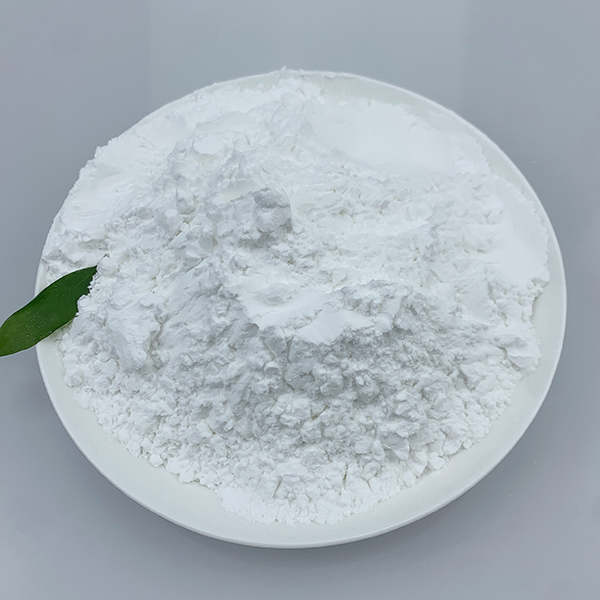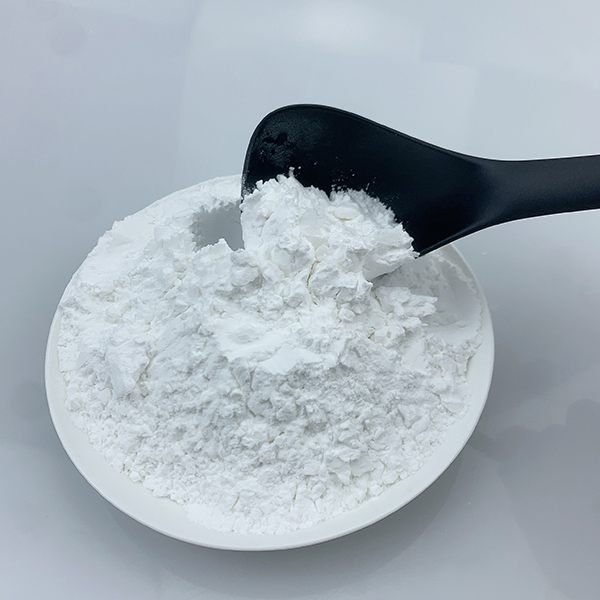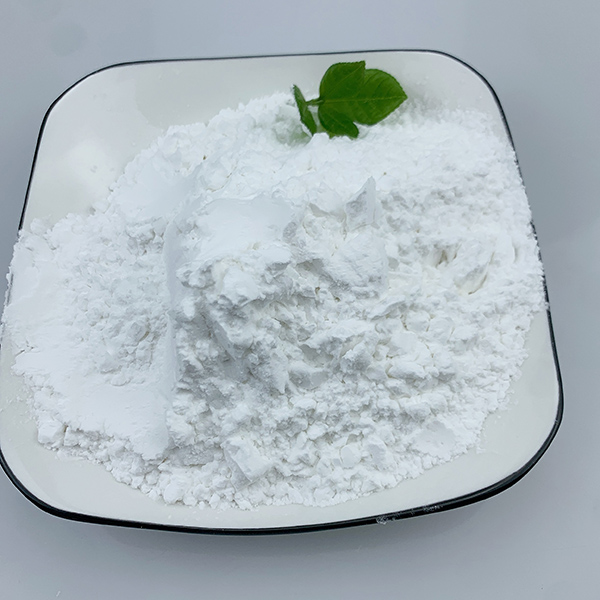NEUROPEPTIDE FF CAS:99566-27-5 PHE-LEU-PHE-GLN-PRO-GLN-ARG-PHE AMIDE PHE-LEU-PHE-GLN-PRO-GLN-ARG-PHE-NH2 NPFF NEUROPEPTIDE FF
Contact me
Email : salesexecutive1@yeah.net
whatsapp: +8618931626169
wickr: lilywang
Usage
NPFF Neuropeptide (FLFQPQRFa) is a mammalian aminated neuropeptide originally isolated from the bovine brain and characterized as a pain-regulating peptide with antiopioid activity to morphine-induced analgesia.
In humans, the neuropeptide FF peptide is encoded by the NPFF gene. Two genes encoding two different receptors (NPFF1 and NPFF2) and two precursors (NPFFA and NPFFB) have been cloned in several mammals.
Neuropeptide FF (NPFF) and RFamide related peptides emitted by two precursors interact with the two subtypes of G-protein-coupled receptors, the NPFF1 and NPFF2 subtypes, with good affinity and are involved in a variety of physiological functions, such as cardiovascular regulation, hormone control, macrophage activation, thermohomeostasis, and pain regulation.
Treatment of the NPFFA precursor at the basic proteolytic site should yield a peptide containing NPFF, with three additional N-terminal amino acids that vary from species to species, and a peptide containing NPSF (SLAAPQRFa), whose length depends on species. NPFFB has been identified as the precursor of RFamide related peptide (RFRP, also known as GnIH of gonadotropin-suppressing hormone), containing peptides containing LPLRFa and peptides sharing the same C-terminal PQRFamide motif as NPFF, such as NPVF (VPNLPQRFa) human.
NPFF and opioid systems have been shown to interact at multiple levels, from animal behavior to receptor molecules. Nociception is the most extensively studied physiological function of this interaction, but reward, movement, eating and bowel movements are also affected. Endogenous opioids are required for the analgesic properties of spinal injection of NPFF, and endogenous NPFF peptides are involved in the process of analgesic tolerance/hyperalgesia induced by chronic opioid therapy.
NPFF also controls the number and metabolism of macrophages in adipose tissue, which is essential for adipose tissue health












